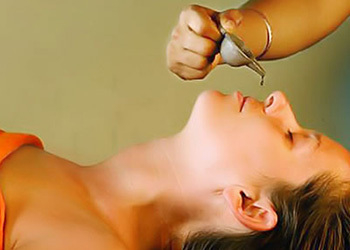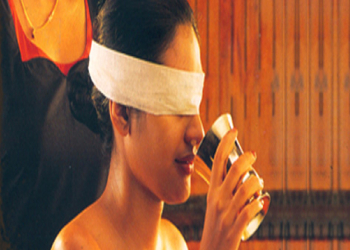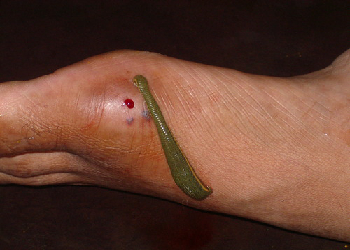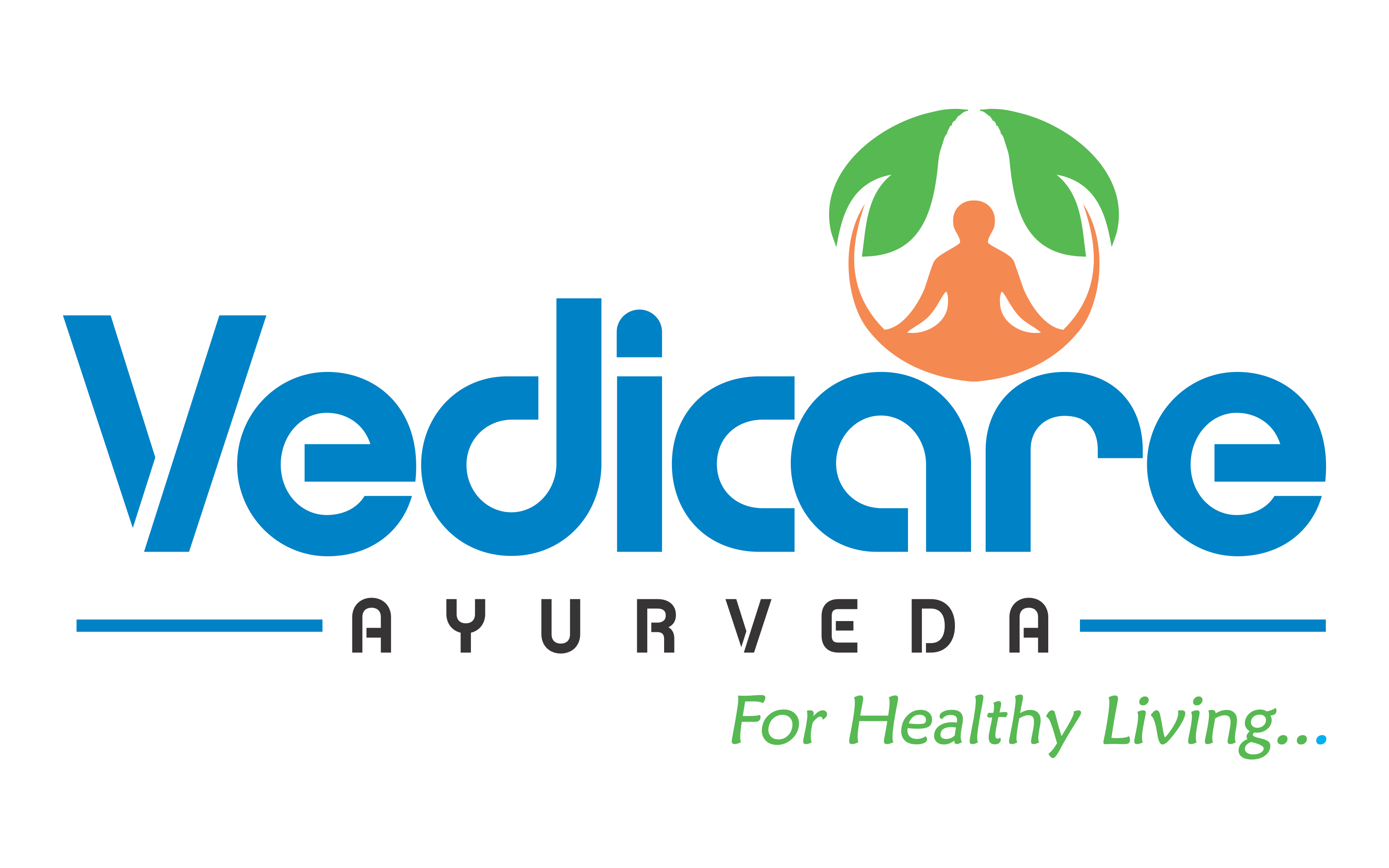Panchakarma

Panchakarma is the Ultimate source for Mind-Body Healing & Detoxification. It is a Sanskrit word meaning five actions/treatments. It is one of the most effective healing practices in Ayurvedic Medicine. It is an ultimate mind-body healing experience for detoxifying the body, strengthening the immune system, and restoring balance and well-being. Normally the body has the inbuilt capability to efficiently process and remove the waste materials, including the degraded doshas. However, changing lifestyles, poor physical activity, improper food habits, genetic disorders, digestive enzymes, metabolic co-factors, hormones, and so on are turning out to be a vital reason that regulates the body’s internal homeostasis and turn it disorganized. This leads to accumulation and spread of toxins all over the body causing disease. This body waste is called ama in Ayurveda. Ama is harmful to the body and has to be flushed out from the body. Panchakarma helps get rid of harmful Ama from the body. It is recommended based on the illness and condition of the patients on a seasonal basis; as well as when an individual feels out of balance or is experiencing illness. It is one of the most effective healing modality in Ayurvedic Medicine. It promotes Detoxification and Rejuvenation. It has three phases that include Purvakarma, Pradhanakarma and Paschaatkarma. Panchakarma begins with an initial consultation where the individual or patient’s Prakriti (constitutional type) and the nature of the health problem (if any) are determined before appropriate therapies are prescribed.

Nasyam
Nasya is a kind of Panchakarma treatment for body cleansing used in Ayurvedic medicine. Administration of drugs by the route of the nasal cavity is termed as Nasya, Nāvana, Nasyakarma, etc are synonymous to Nasya.

vamana
Vamana Karma, also known as medical emesis or medical vomiting, is one of the five Pradhana Karmas of Panchakarma which is used in treating Kaphaj disorders. Only a limited number of high-quality clinical trials have been conducted to date.
.jpg)
virechanam
Virechanam is the administration of purgative substances for the cleansing of pitta through the lower pathways. Virechana is administered for 3 days after Vamana. If Vamana is not indicated for a particular individual, then Virechana is given.
.jpg)
vasti
Vasti is an important treatment in Ayurveda and it’s especially meant for rheumatic (Vata) diseases. There are many types of Vasti. This treatment should be done under the guidance of an expert Ayurveda doctor (Vaidya) and all kind of rheumatic (Vata) disorders would be eliminated with the proper use of Vasti. Kashaya Vasti, Uttaravasti, Snehavasti, Siro Vasti etc., are some of the main Vastis.

RakthaMokshana
It's a bloodletting procedure effective in haematological conditions, allergies, skin disorders, tonsillitis, sciatica, hypertension, varicose veins and other conditions.


.jpg)